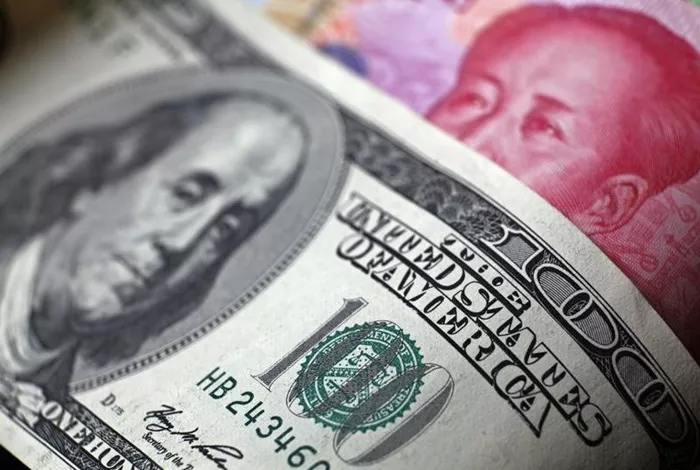Asian currencies largely weakened on Friday, pressured by a rebound in the U.S. dollar. The dollar’s strength was fueled by growing optimism that U.S. President Donald Trump’s trade policies might ease.
Despite stronger-than-expected Chinese trade data for April, the Chinese yuan barely reacted. The data showed that China’s export growth remained strong, even amid ongoing trade tensions with the U.S. U.S.-China trade talks are also set to take place over the weekend.
The yuan, along with most other Asian currencies, was on track for a loss this week as the dollar continued its rebound from three-year lows.
The Indian rupee was one of the worst performers, weakening amid escalating tensions between India and Pakistan. The ongoing hostilities between the two nuclear-armed neighbors kept investor sentiment cautious.
Dollar Strengthened by Trade Deal Optimism
The dollar index and dollar futures held steady in Asian trading after posting significant gains in the previous sessions. The dollar was up by about 0.7% for the week, marking its third consecutive week of gains.
This strength was largely driven by optimism over a potential de-escalation in U.S. trade tariffs. Earlier this week, Trump announced a significant trade deal with the UK. Although the economic impact of the deal is expected to be minimal, it has fueled hopes for further trade agreements with other major economies.
However, some analysts remain cautious. ING pointed out that the trade deal with the UK was unlikely to have a significant impact. For the U.S. to see a real shift in trade dynamics, it would need to strike a deal with China, which is facing the heaviest U.S. tariffs.
Yuan Shows Limited Reaction to Strong Trade Data, Awaiting U.S. Talks
The Chinese yuan saw slight gains, with the onshore USDCNY pair rising 0.2% and the offshore USDCNH pair up 0.1%. However, the yuan showed little response to data revealing a larger-than-expected increase in Chinese exports, despite the ongoing trade dispute with the U.S.
China’s imports also fell less than expected, and its trade balance just missed forecasts for April. This data came ahead of important trade talks between U.S. and Chinese officials in Geneva this weekend. Trump signaled he could reduce the U.S.’s steep 145% tariffs on China if the talks go well.
A report from the New York Post suggested that Trump could cut Chinese tariffs to 50% by next week. In response, China’s Vice Minister of Foreign Affairs, Chunying Hua, called U.S. tariffs unsustainable and said Beijing was prepared for any outcome from the talks.
Other Asian Currencies Follow a Mixed Trend
Other Asian currencies traded in a narrow range. The Indian rupee’s USDINR pair gained 0.2%, recovering slightly after a sharp drop past the 86-rupee mark. The currency remained fragile due to the ongoing military tensions between India and Pakistan.
The Japanese yen’s USDJPY pair fell 0.1%, but remained close to a one-month high. The yen’s move came after disappointing wage data in Japan, which contradicted the Bank of Japan’s view of rising wages and persistent inflation.
The Australian dollar remained unchanged against the U.S. dollar, while the South Korean won dropped 0.1%. The Singapore dollar was also flat, and the Taiwan dollar fell 0.3% after experiencing wild fluctuations over the past week.
Related topics:


